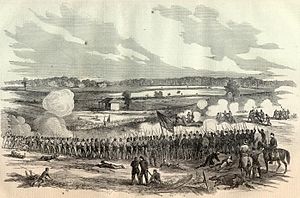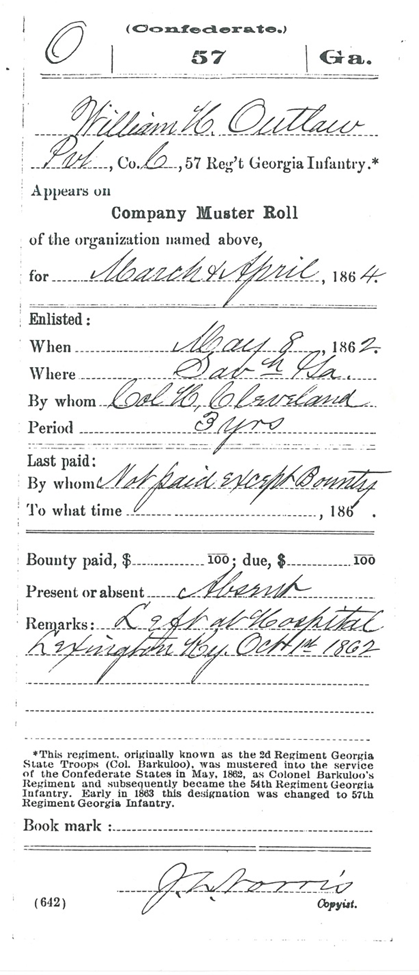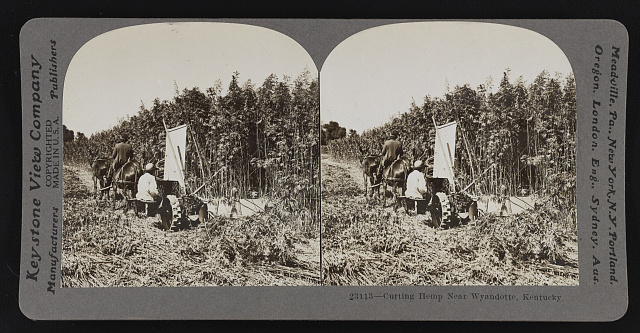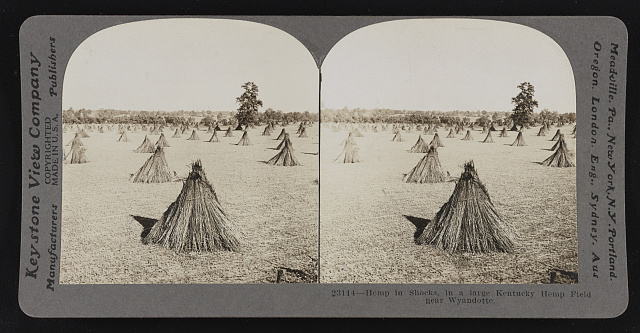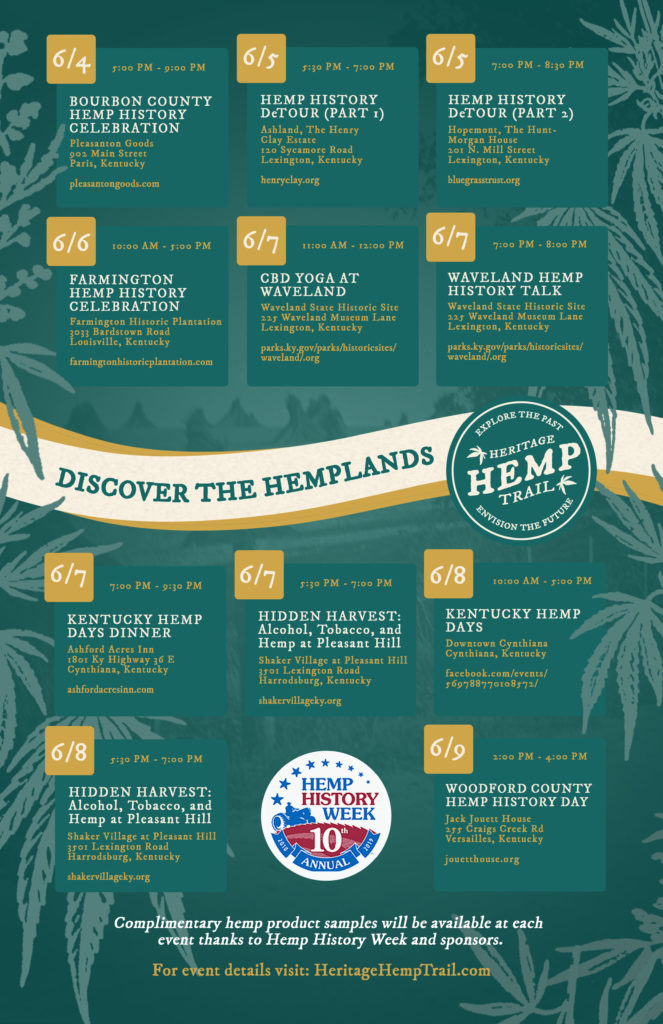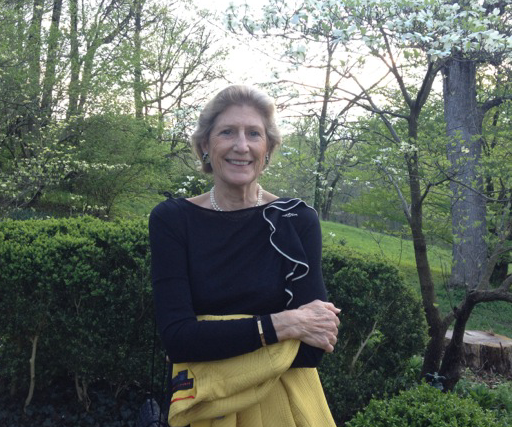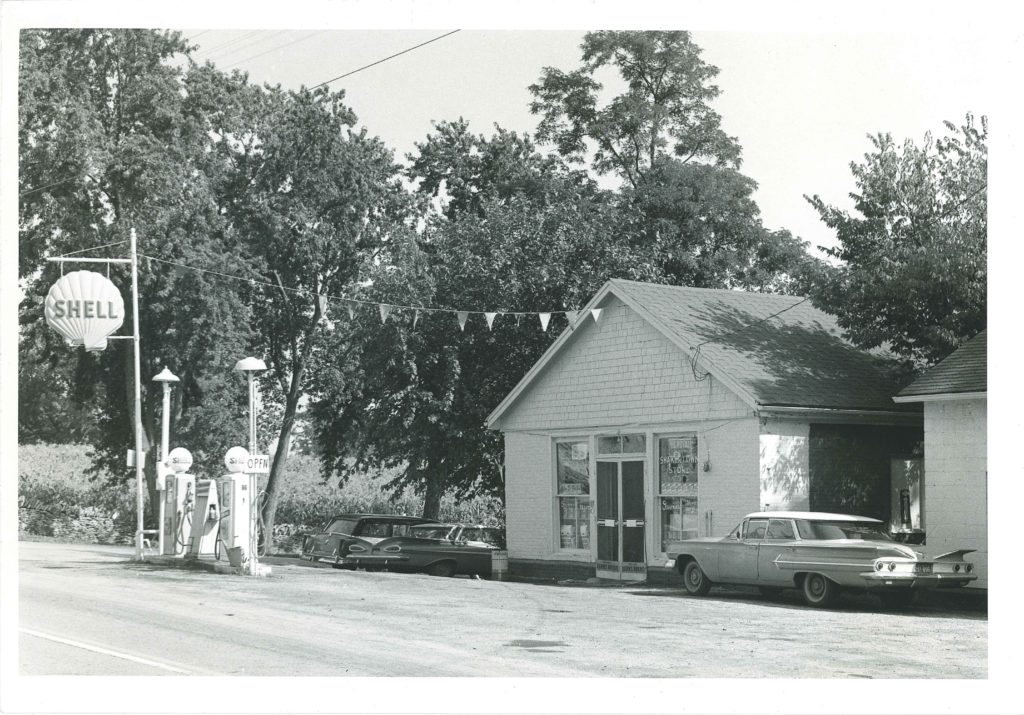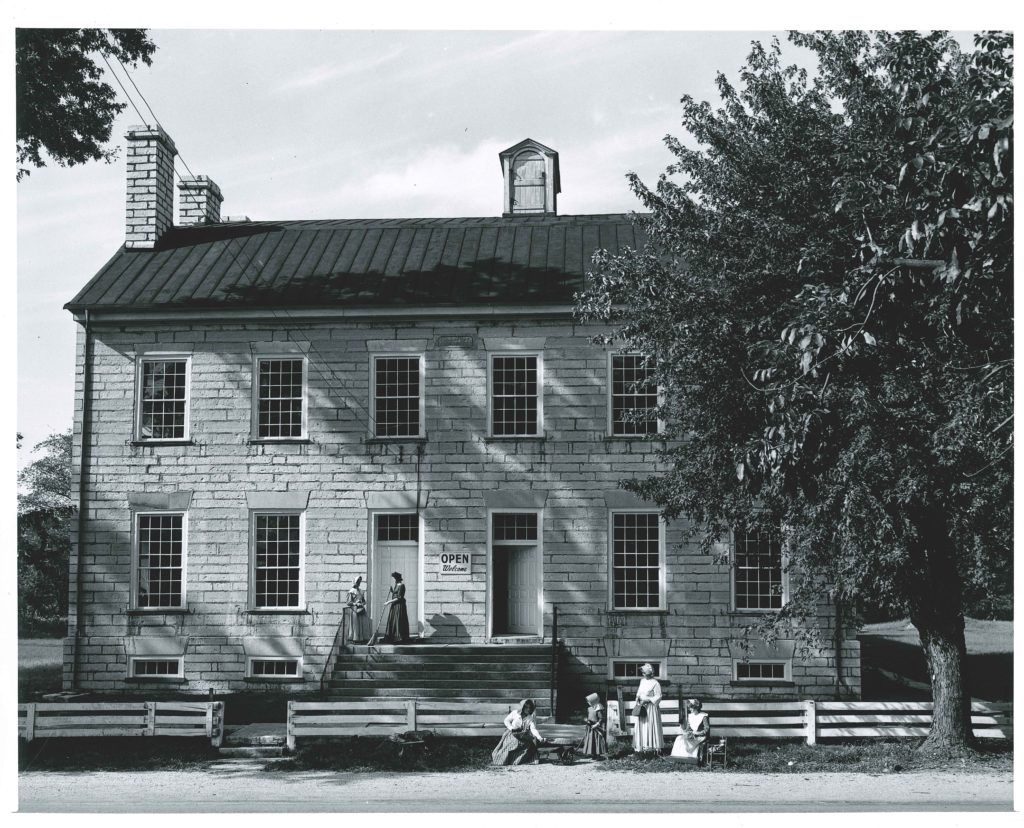Sustainability through Geothermal Systems
William Updike, Vice President of Natural and Cultural Resources
Shaker Village is on a mission to be good stewards of our resources. One way we do this is through the Geothermal Heating and Air Conditioning systems in the East Family Dwelling, West Lot Dwelling, Centre Family Dwelling and Meeting House.

Geothermal supports our stewardship in two ways.
First, geothermal heat pump systems are more than three times as efficient as the most economical furnace. Instead of burning a combustible fuel to create heat, a ground-source system uses the earth’s energy as the heat source. Geothermal systems provide three to four units of energy for every
one unit used to power the system’s compressor, fan and water pump. The U.S. Department of Energy and the Environmental Protection Agency identify geothermal as having the lowest environmental impact of all heating systems.
Secondly, geothermal systems are able to reach very high efficiencies. For example, geothermal heat pump can be up to 600% efficient on the
coldest days of the year—a normal air source heat pump will only be 175-200% efficient on cool days—meaning the geothermal system is using far less electricity than a comparable heat pump, furnace or air conditioner. Thus, this installation will help us save financial resources in the long run
on our purchase of electricity.
Our goal is to prolong the lives of these buildings for the next generation to enjoy. Guests now have a better experience inside the buildings during hot or cold days—regulating the temperature and humidity inside the building help us preserve the buildings and allow us to display furniture and
textiles that are too fragile for non-climate controlled spaces.
I hope you enjoy these images of the geothermal installation during the recent preservation of the 1824 Centre Family Dwelling!
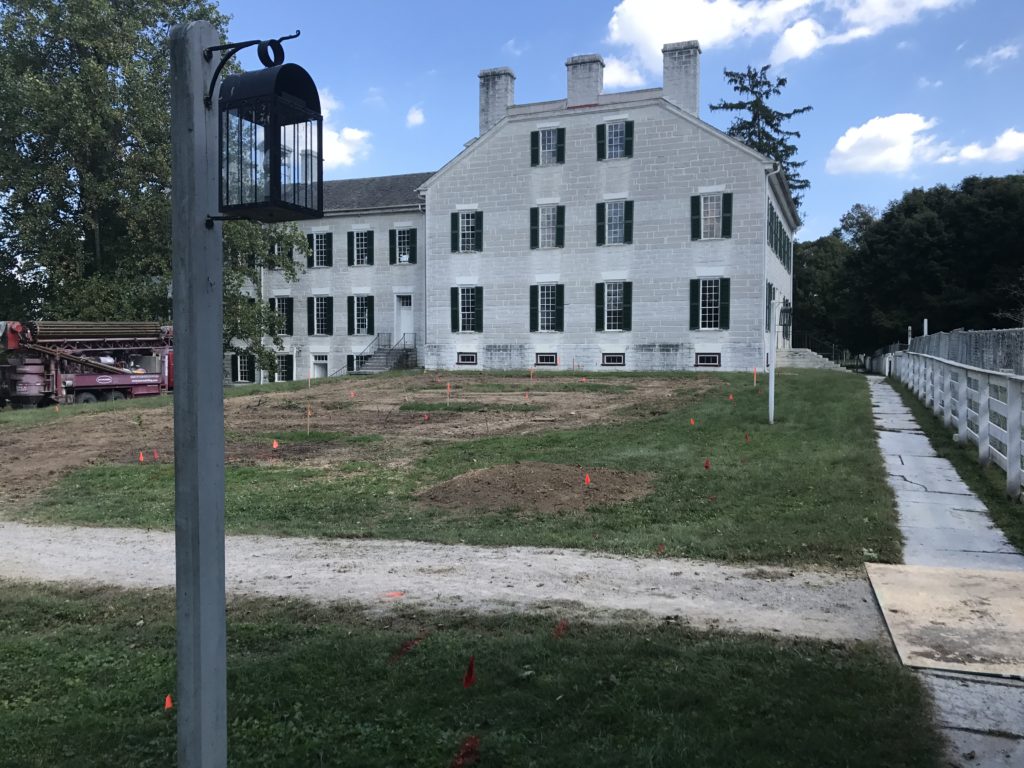
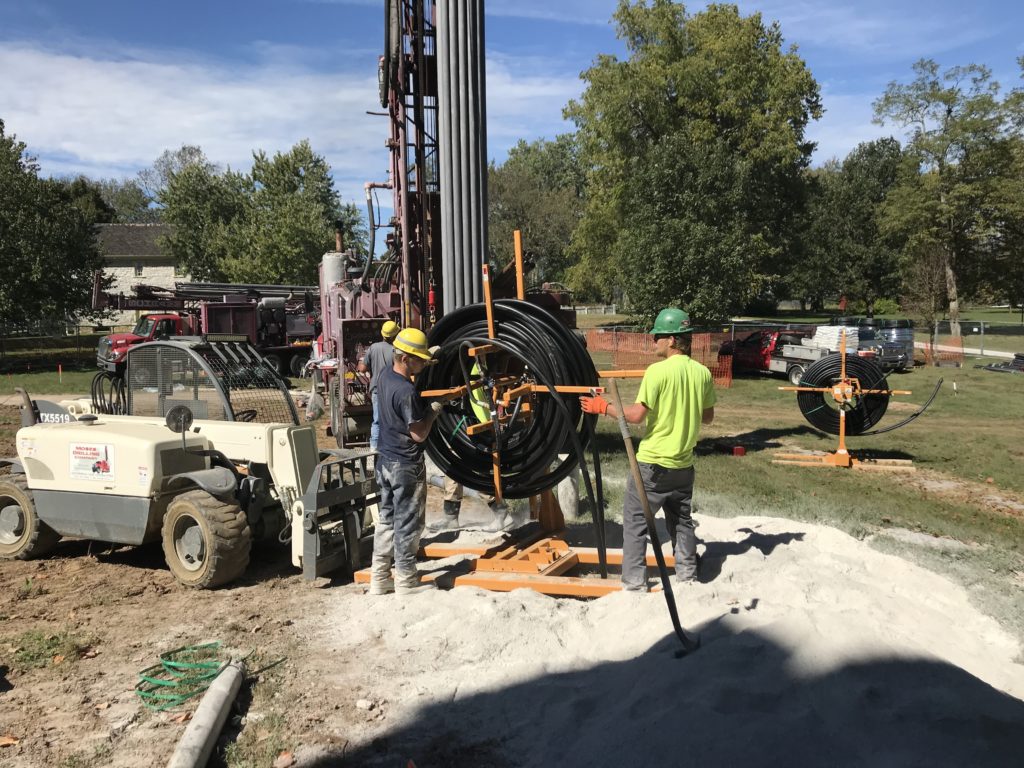
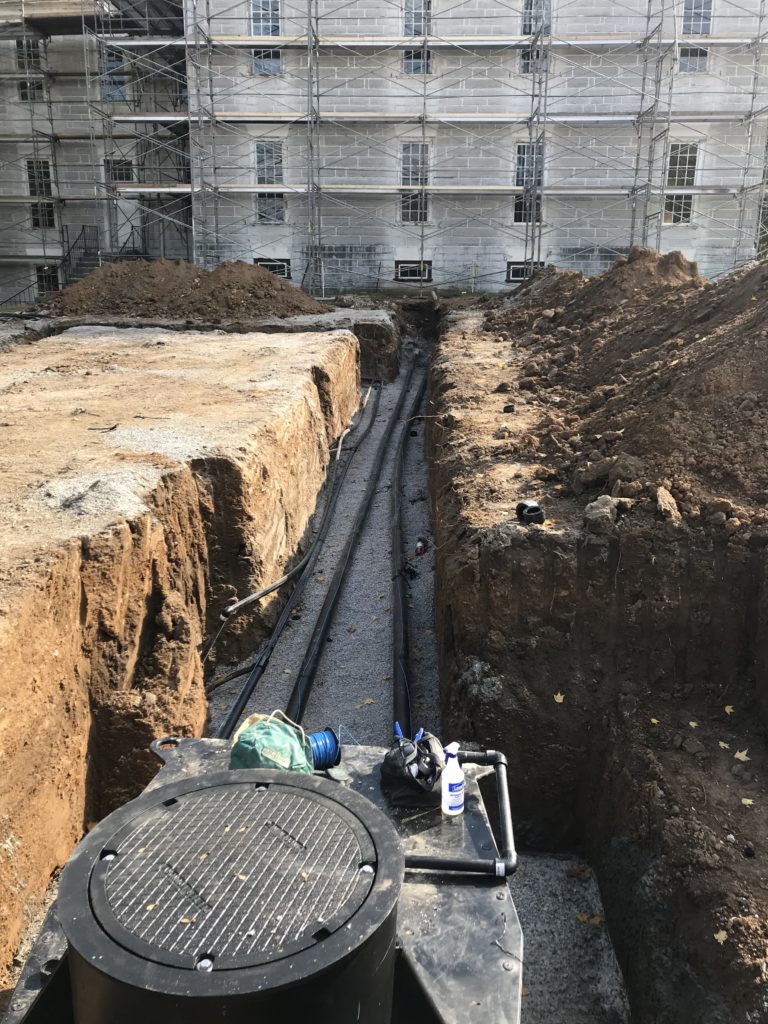
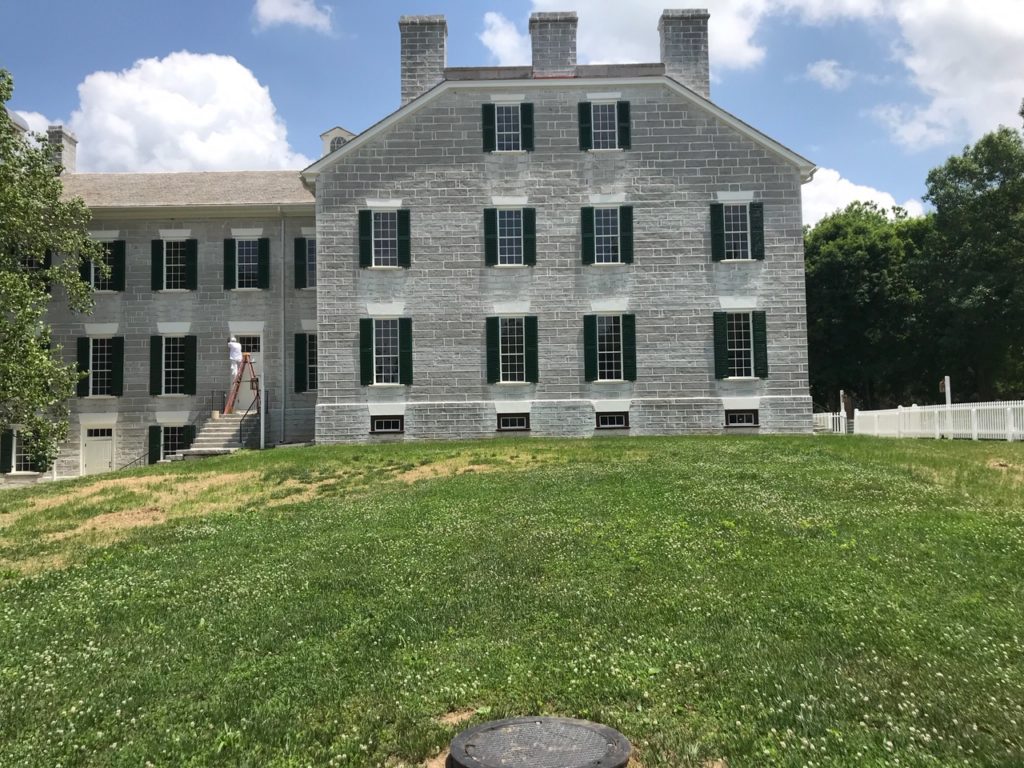
Preservation work is never completed! Ongoing repair, maintenance and upkeep is critical for the sustainability of our historic village. Thank you to everyone who has visited, donated and contributed to make projects like this possible!
